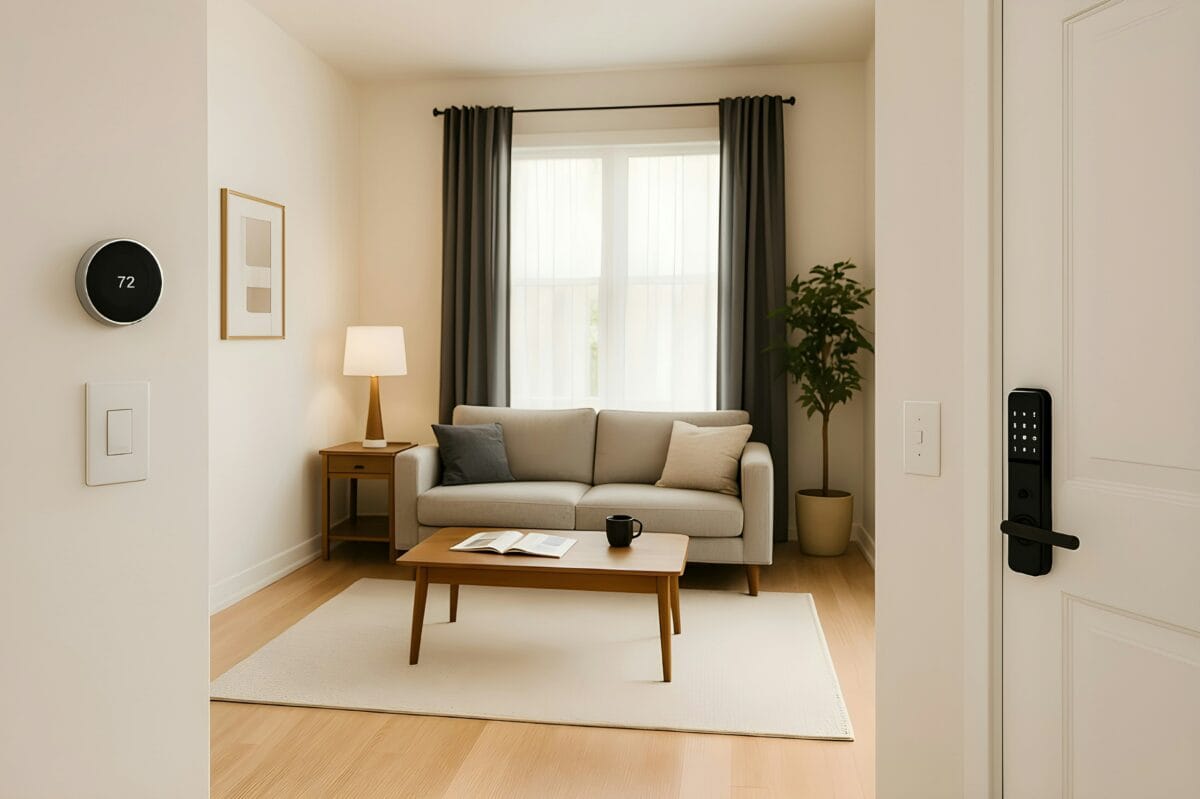A silent revolution is underway in our homes. While Scandinavian minimalism and New York industrial styles continue to fascinate design enthusiasts, a new aesthetic is gradually taking hold: that of the smart home. This approach, born in Silicon Valley in the early 2000s and democratized over the past fifteen years, transcends traditional codes to create spaces where technology and design become one.
The emergence of this movement coincides with the advent of the smartphone and the explosion of the Internet of Things. Unlike classic decorative styles that favor ornamentation or pure function, smart home architecture fundamentally rethinks our relationship with living spaces. It matters today because it anticipates our future lifestyles, where energy efficiency and personalized comfort become societal imperatives.
An Unprecedented Technological and Environmental Context
This aesthetic revolution is rooted in fertile ground: the ecological awareness of the 2010s, coupled with unprecedented technological democratization. Smart architecture responds to crucial challenges: reducing carbon footprint, optimizing resources, adapting to an aging population.
The influence of Japanese Zen philosophy blends here with Californian tech innovations. The gradual disappearance of physical interfaces in favor of voice or gesture commands revolutionizes domestic aesthetics. No more visible buttons, fewer visible screens: technology fades to make way for radical simplicity.
An Aesthetic of the Invisible
Smart home architecture is characterized by streamlined geometry where straight lines dominate, enhanced by occasional organic curves. Forms follow an invisible functional logic: each architectural element integrates sensors, actuators, and communication systems.
The color palette favors neutral tones – white, gray, beige – allowing connected LED lighting to redefine the ambiance according to different moments. Noble materials persist: solid wood, natural stone, brushed metal, but they now incorporate technical properties. Glass becomes tactile, concrete integrates optical fibers, steel is adorned with self-cleaning coatings.
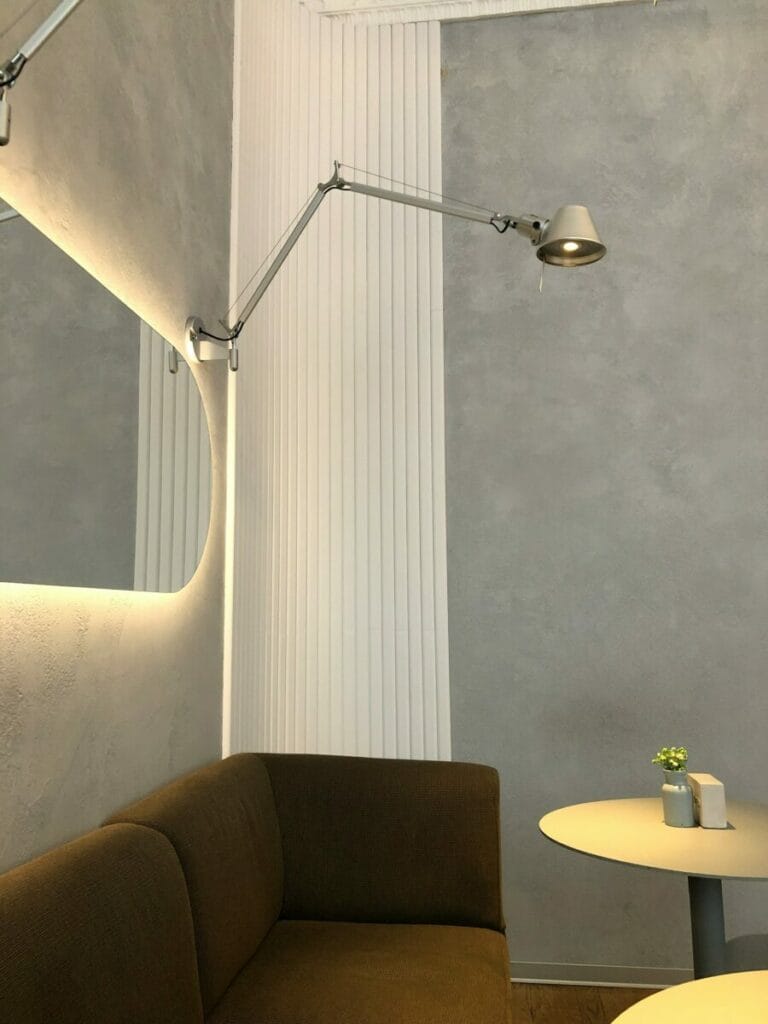
Construction techniques are evolving radically. Walls integrate sensor networks from their conception, partitions conceal retractable screens, floors hide induction heating systems. Architecture becomes literally “responsive,” adapting in real-time to its occupants’ needs.
The Visionaries of Connected Living
Tony Fadell, the Ecosystem Architect
Former Apple designer and Nest founder, Tony Fadell revolutionized our perception of domestic connected objects. His smart thermostat, now a design icon, proves that an algorithm can have aesthetics. His approach: making technology disappear behind an intuitive and elegant interface.
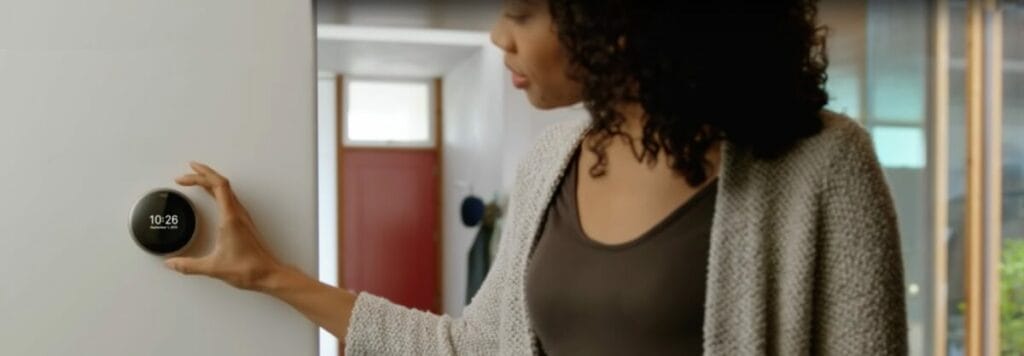
Yves Béhar, the Poet of Connected Objects
This Swiss designer, based in San Francisco, creates objects where technical sophistication hides behind assumed simplicity. His creations for August (smart locks) or Jawbone redefine the aesthetic codes of traditional home equipment.
Philippe Starck, the Visionary Pioneer
Always a decade ahead, Starck now collaborates with home automation startups to create environments where artificial intelligence enhances architecture. His vision: a home that learns from its inhabitants to better serve them.
Iconic Architecture
The BIG House by Bjarke Ingels, Copenhagen
This experimental residence integrates more than 400 sensors into its very structure. Facades adapt to sunlight, ventilation self-regulates, lighting follows circadian rhythms. Traditional Scandinavian aesthetics are reinvented here through technology.
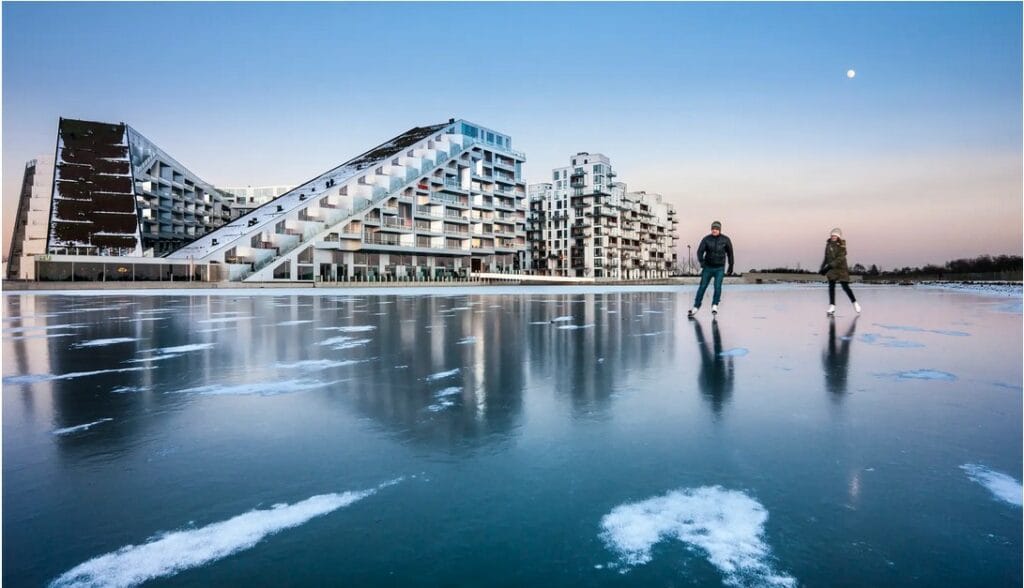
Casa Jasmina by Carlo Ratti, Turin
A living laboratory of domestic IoT, this home connects every object to an intelligent ecosystem. Architecture becomes a pretext to experiment with new uses: informative mirrors, tactile tables, automated gardens naturally integrate into a streamlined contemporary decor.
Furniture and Iconic Objects
Samsung The Frame
This TV-artwork redefines the presence of screens in contemporary living rooms. In standby mode, it becomes a personalized art gallery, its interchangeable borders harmonizing with the surrounding decorative style. A technical feat that literally erases the boundary between art, decoration, and technology.
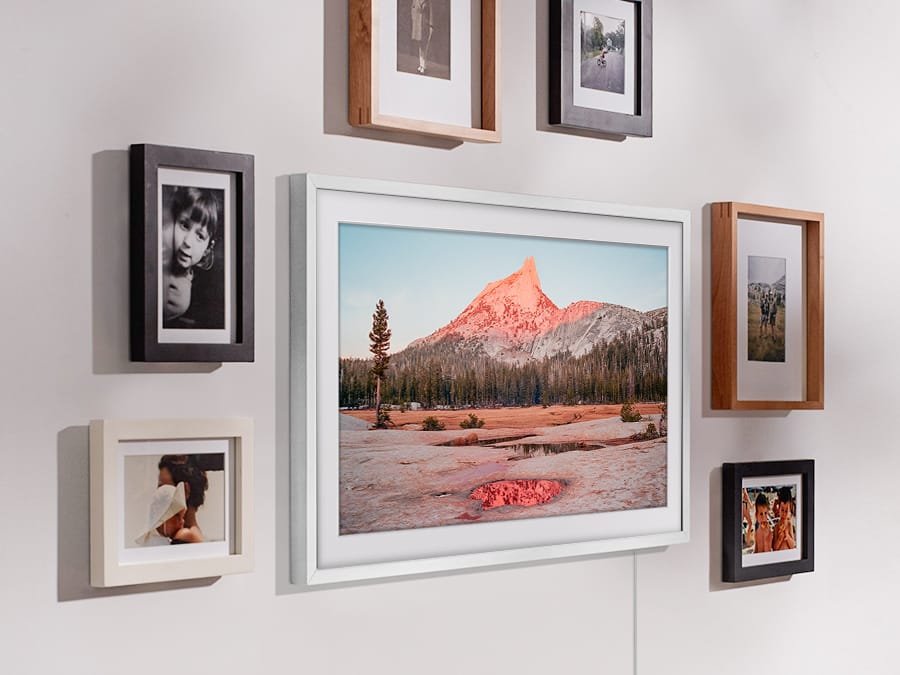
Philips Hue Lighting
These connected lights have democratized smart lighting. Their deliberately neutral design allows harmonious integration into all interior styles, while offering 16 million programmable color shades.
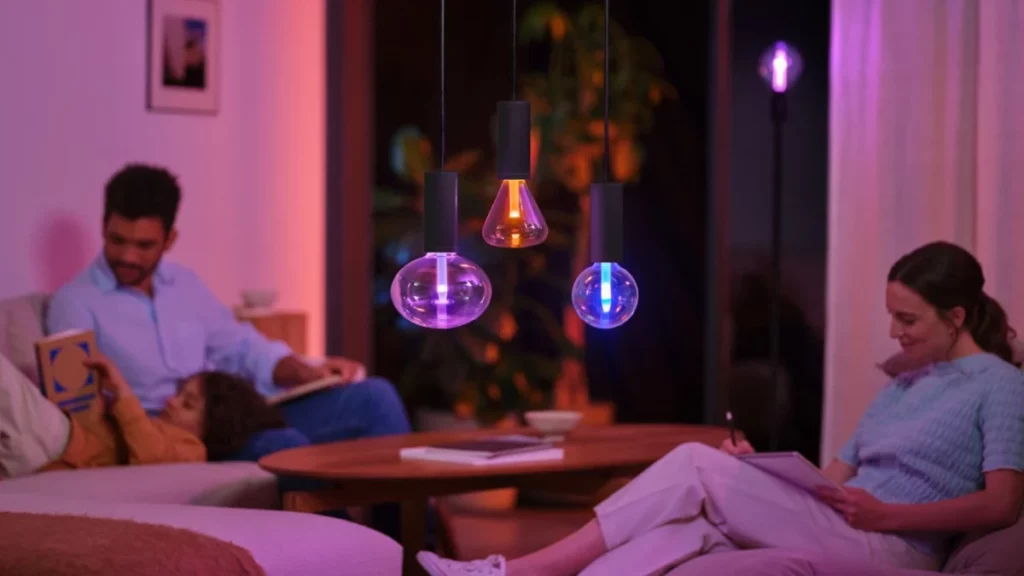
The Invisible Sonos Architectural Speaker
Integrated directly into walls, this speaker perfectly illustrates the aesthetic of the invisible. Sound becomes architectural, diffused by the walls themselves.
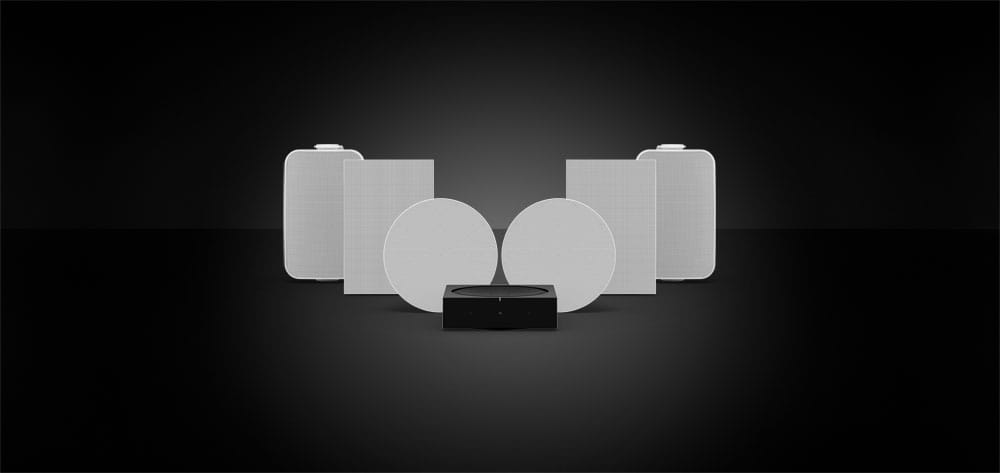
An Emerging Legacy
The influence of smart home architecture is beginning to permeate all contemporary decorative movements. Neo-brutalism softens thanks to integrated tactile interfaces, Japandi style enriches itself with discreet connected solutions. This approach already inspires tomorrow’s creators: how to design furniture that is simultaneously beautiful, functional, and intelligent?
Contemporary reinterpretations explore new paths: connected biomimicry, self-repairing materials, AI-modular spaces. Designers like Ross Lovegrove or Karim Rashid experiment with organic forms integrating sensors and actuators.
Market and Accessibility
New acquisition: Professional home automation systems range between €10,000 and €50,000 depending on surface area and integration level. Apple HomeKit, Google Nest, or Amazon Alexa offer accessible ecosystems starting at €200. Showrooms from Legrand, Schneider Electric, or ABB allow you to discover these technologies.
Second-hand market: Platforms like Leboncoin or eBay offer refurbished equipment at 30% off new prices. However, pay attention to protocol compatibility (Zigbee, Z-Wave, WiFi) and security updates.
Tomorrow’s Lifestyle
Smart home architecture does not constitute a decorative style in the traditional sense, but rather a philosophy of living that influences all other aesthetic movements. It foreshadows the emergence of “predictive style,” where artificial intelligence will anticipate our decorative desires.
This approach remains essential because it finally reconciles technology and beauty, efficiency and emotion. It proves that tomorrow’s home will not only be smarter but also more beautiful. A lesson in harmony that future decorative styles cannot afford to ignore.

